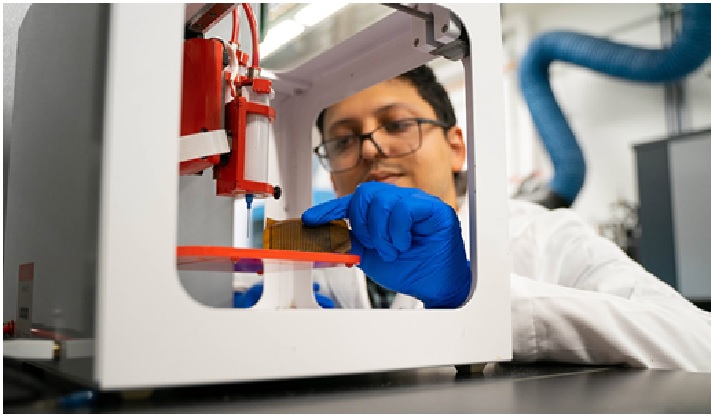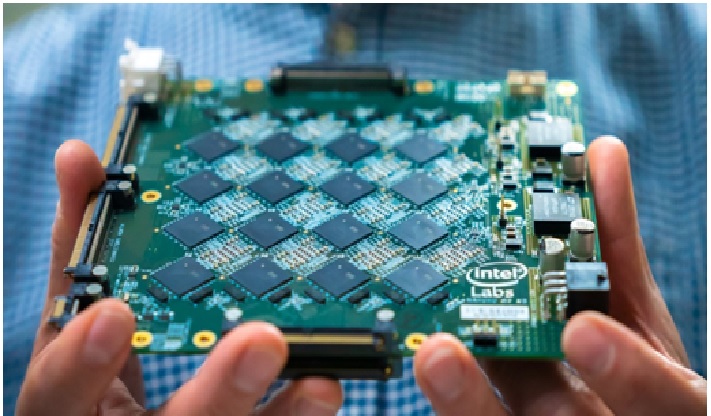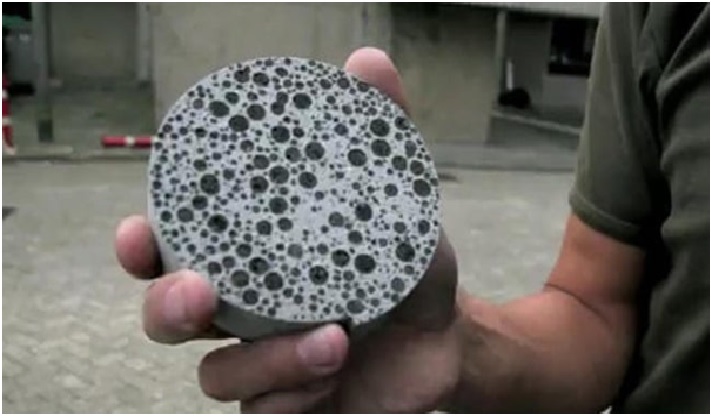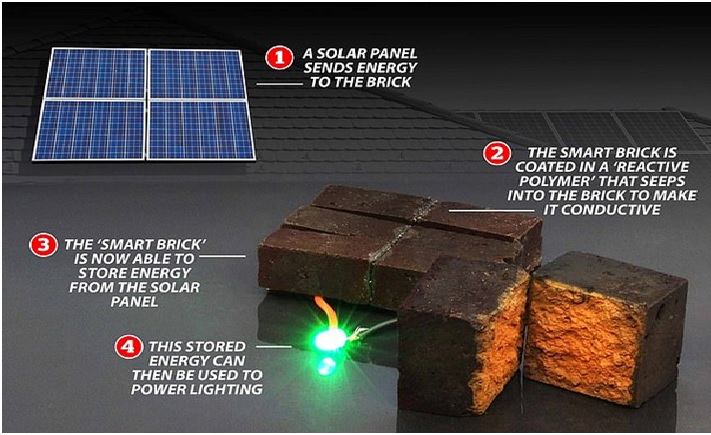World’s first ultra-fast photonic computing processor using polarization
In a paper published today in science advance Researchers at the University of Oxford have developed a method using the polarization of light to maximize information storage density and computing performance using nanowires.
Light has an absorbance property—different wavelengths of light do not interact with each other—a feature used by fiber optics to carry parallel streams of data. Similarly, different polarizations of light do not interact with each other. Each polarization can be used as an independent information channel, allowing more information to be stored in multiple channels, which greatly increases the information density. [1]
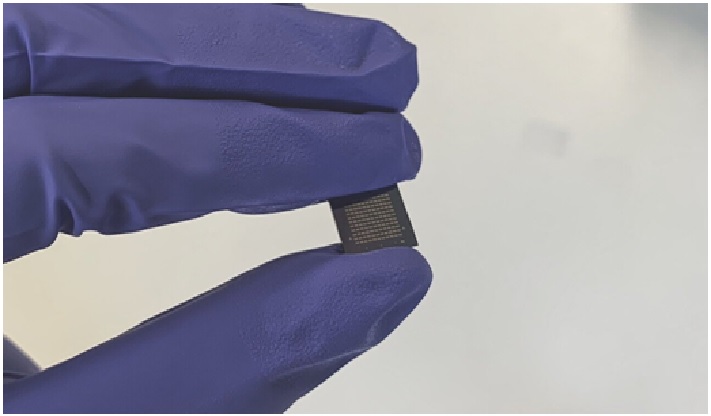
Figure 1. World’s first ultra-fast photonic computing processor using polarization
Figure 1 shows using this concept, researchers have developed the first photonic computing processor to utilize polarizations of light.
Photonic computing is carried out through multiple polarization channels, leading to an enhancement in computing density by several orders compared to that of conventional electronic chips. The computing speeds are faster because these nanowires are modulated by nanosecond optical pulses. [2]
Since the invention of the first integrated circuit in 1958, packing more transistors into a given size of an electronic chip has been the go-to means of maximising computing density -- the so-called 'Moore's Law'. Professor Bhaskaran, who led the work, said: 'This is just the beginning of what we would like to see in future, which is the exploitation of all degrees of freedoms that light offers, including polarisation to dramatically parallelise information processing. [4]
'There are only a few companies actively making computers using photonics processors,' Lee told Electro Optics. 'One of the main requirements here is to actually integrate everything onto a chip – the lasers, photo detectors and all the waveguides. With our work being very early stage, what we have done so far is actually based on a microscope setup – we use a microscope to send the light into our device, with the material state switching going on in the nanowires. Eventually we are looking to make this system more integrated so then it can be easily scaled up and then even potentially mass produced. [3]
References:
- https://nationworldnews.com/the-worlds-first-ultra-fast-photonic-computing-processor-using-polarization/
- https://www.labmanager.com/news/researchers-develop-the-world-s-first-ultra-fast-photonic-computing-processor-28296
- https://www.electrooptics.com/news/worlds-first-polarisation-based-photonic-processor-developed
- https://www.sciencedaily.com/releases/2022/06/220615142217.htm
Cite this article:
Thanusri swetha J (2022), World’s first ultra-fast photonic computing processor using polarization, AnaTechMaz, pp.173





